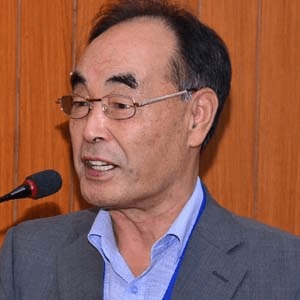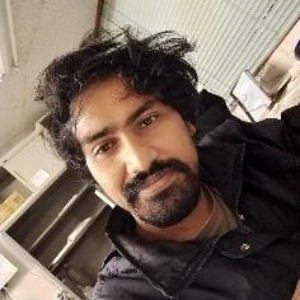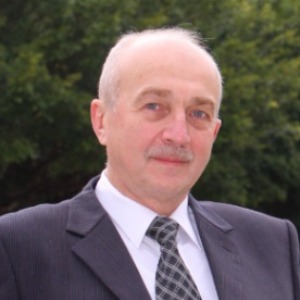For the majority of catalytic reactions, ionic liquids have been thoroughly studied as solvents. 1–4 They are advantageous because it is simple to adjust the cation, anion, or substitution pattern of them to alter their physical-chemical properties. By doing this, an ionic liquid with the best qualities (viscosity, solubility of substrates and products, etc.) can be created for a specific application. 5 The advantages of homogeneous and heterogeneous catalysis can be combined when a homogeneous reaction mixture is made bi-phasic in catalysis, making it possible to benefit from this feature. Because ionic liquids have a negligibly low vapour pressure, the solvent and catalyst can be quantitatively retained during distillation processes as an alternative to phase separation. liquid ionisation also investigated as solvents in biocatalysis are ionic liquids. For instance, high enantiomeric excesses were achieved during the lipase-catalyzed trans-esterification of a variety of substrates4,9–11 in ionic liquids based on the 1-alkyl-3-methylimidazolium or 4-methyl-N-alkylpyridinium cation and anions like tetrafluoroborate, hexafluorophosphate, trifluoromethanesulfon This discovery was explained by how the Ionic Liquid and the enzyme interacted to change the selectivity of a biocatalytic reaction. Additionally, following the products' extraction from the Ionic Liquid phase with diethyl ether, both the enzyme and Ionic Liquid were recyclable.

Stanislaw Dzwigaj
Sorbonne University, France
Dai Yeun Jeong
Asia Climate Change Education Center, Korea, Republic of
Sergey Suchkov
N.D. Zelinskii Institute for Organic Chemistry of the Russian Academy of Sciences, Russian Federation
Enrico Paris
CREA-IT & DIAEE, Italy
Rabeharitsara Andry Tahina
GPCI-ESPA Antananarivo University, Madagascar
Jiri Dedecek
J Heyrovsky Institute of Physical Chemistry , Czech Republic
Uday Som
Research and Development Engineer, Japan
Vladimir G Chigrinov
Hong Kong University of Science and Technology, Russian Federation



Title : Distant binuclear vanadium V(II) cationic sites in zeolites and their reactivity
Jiri Dedecek, J Heyrovsky Institute of Physical Chemistry , Czech Republic
Title : Advanced nanostructures for carbon neutrality and sustainable H₂ energy
Tokeer Ahmad, Jamia Millia Islamia, India
Title : Personalized and Precision Medicine (PPM) as a unique healthcare model via bi-odesign, bio- and chemical engineering, translational applications, and upgraded business modeling to secure the human healthcare and biosafety
Sergey Suchkov, N.D. Zelinskii Institute for Organic Chemistry of the Russian Academy of Sciences, Russian Federation
Title : Antibody-proteases as a generation of unique biomarkers, biocatalysts, potential targets and translational tools towards nanodesign-driven biochemical engineering and precision medical practice
Sergey Suchkov, N.D. Zelinskii Institute for Organic Chemistry of the Russian Academy of Sciences, Russian Federation
Title : Dimethyl ether synthesis from syngas over Cu-Zn/Al2O3 catalysts prepared using the Sol-Gel method
Uday Som, Research and Development Engineer, Japan
Title : Influence of various catalysts on H₂ enhancement and CO2 capture during syngas upgrading
Enrico Paris, CREA-IT & DIAEE, Italy
Title : Photoaligned azodye nanolayers : New nanotechnology for liquid crystal devices
Vladimir G Chigrinov, Hong Kong University of Science and Technology, Russian Federation
Title : Application of vanadium, tantalum and chromium single-site zeolite catalysts in catalysis
Stanislaw Dzwigaj, Sorbonne University, France
Title : Advances in heterogeneous catalysis for green conversion of propene to aldehydes and alcohols
Ram Sambhar Shukla, CSIR-Central Salt and Marine Chemicals Research Institute (CSMCRI), India
Title : Oxidation of methane to methanol over pairs of transition metal ions stabilized in the zeolite matrices
Jiri Dedecek, J Heyrovsky Institute of Physical Chemistry , Czech Republic